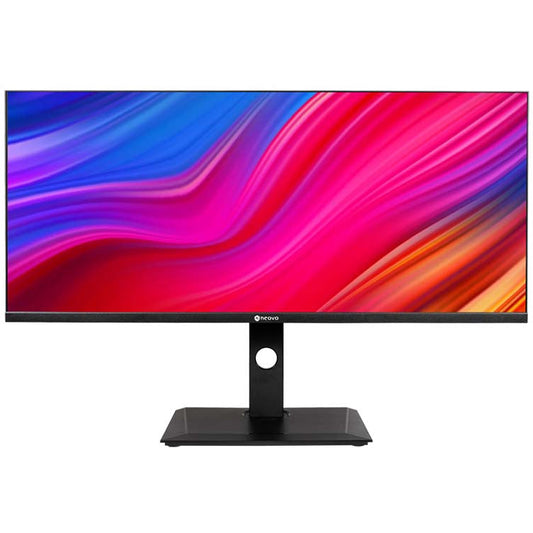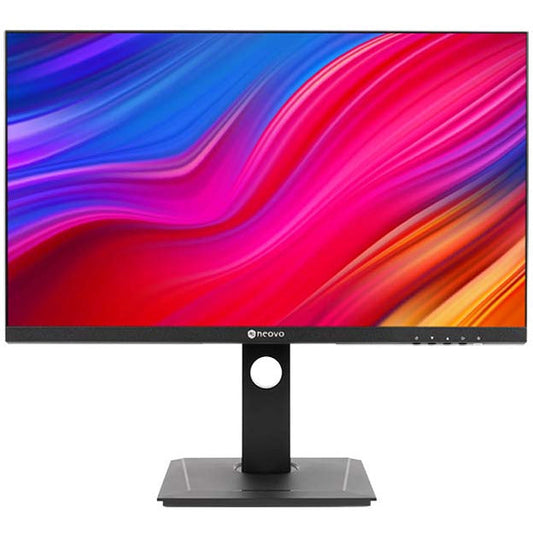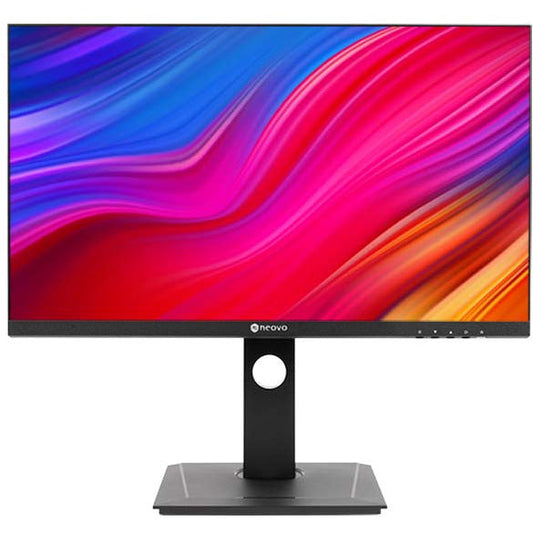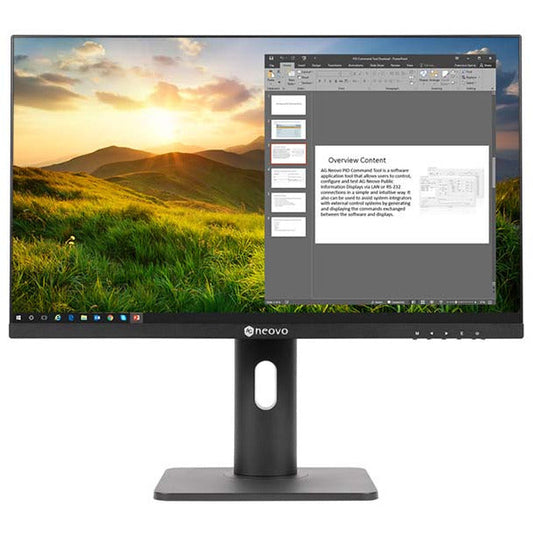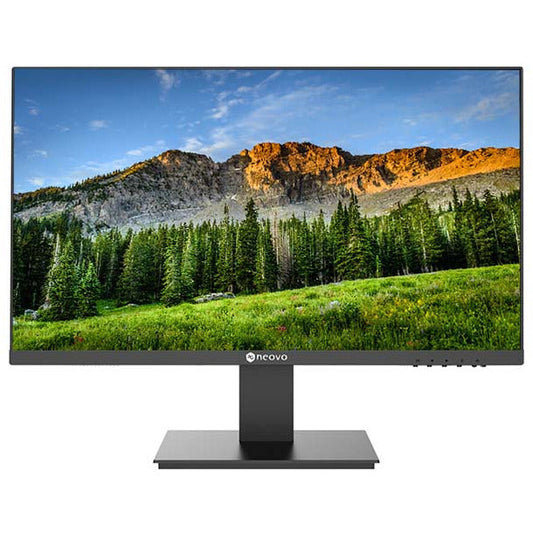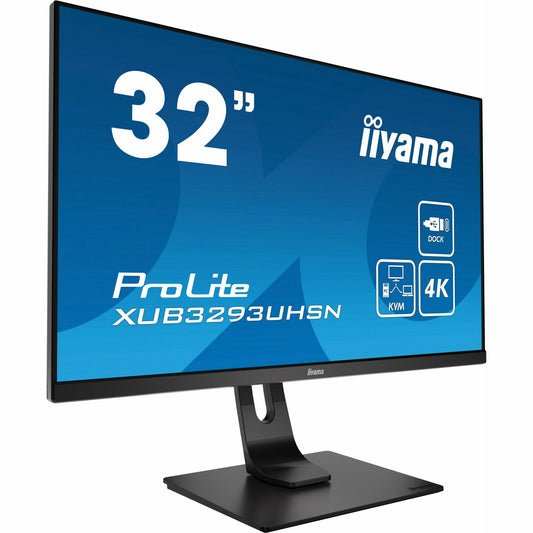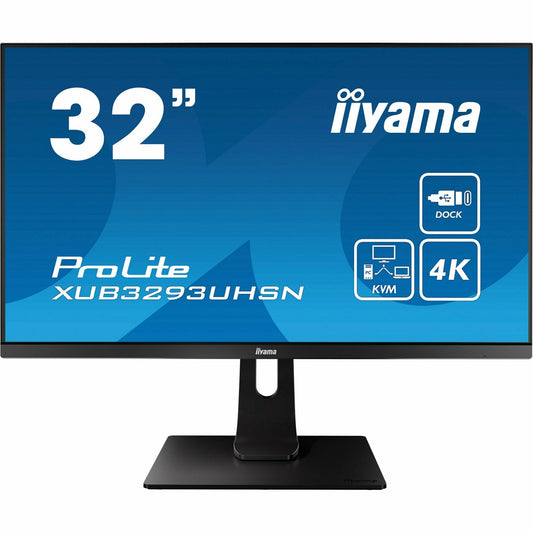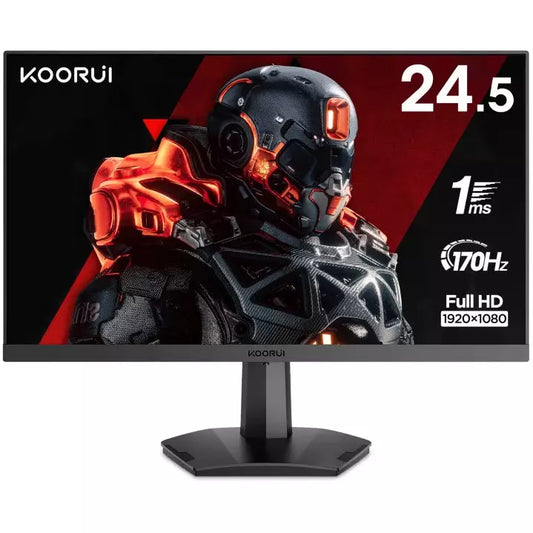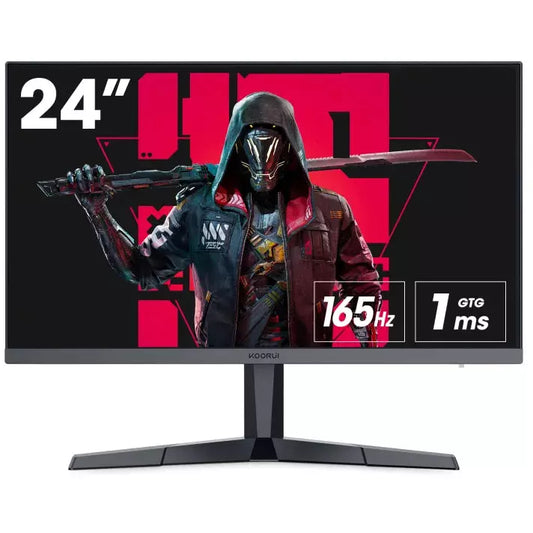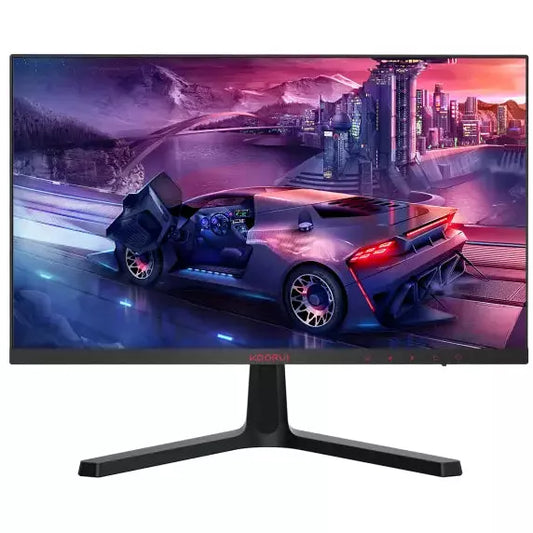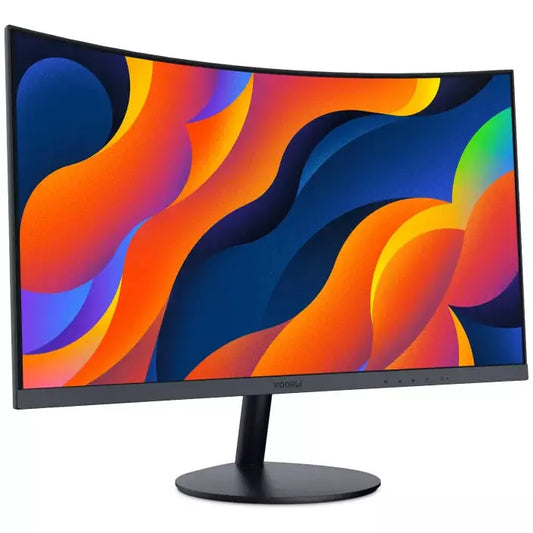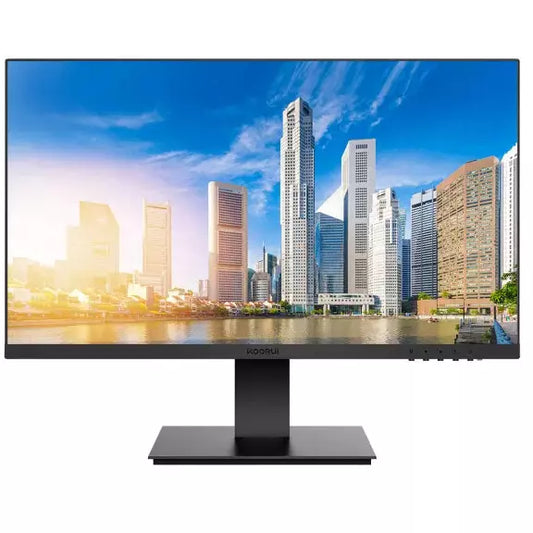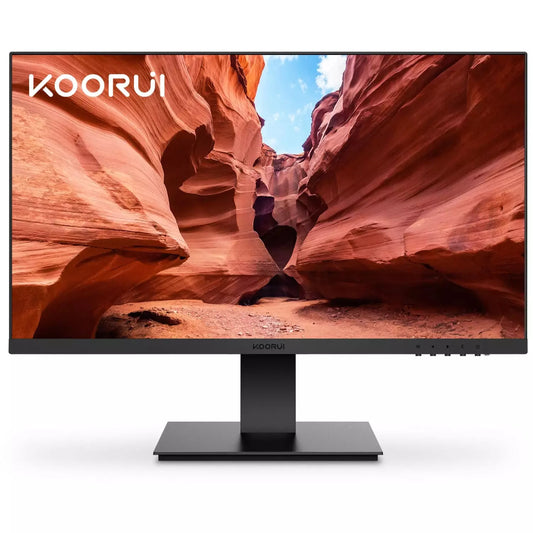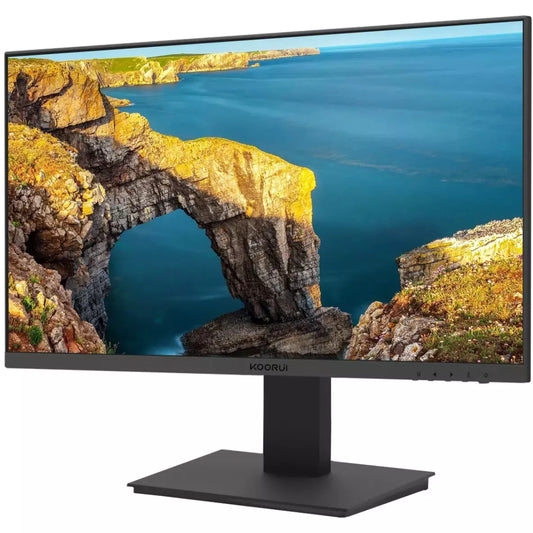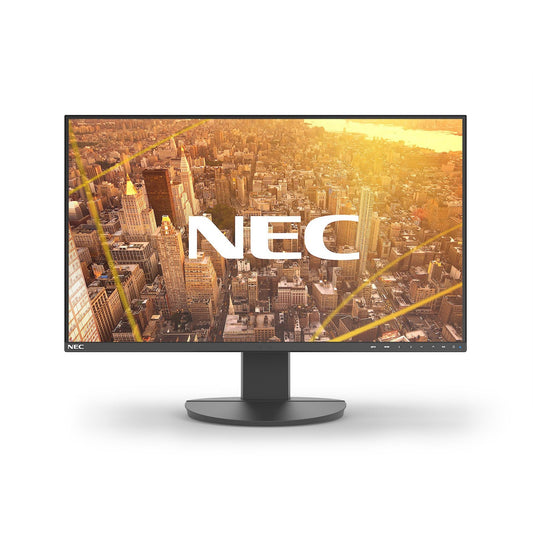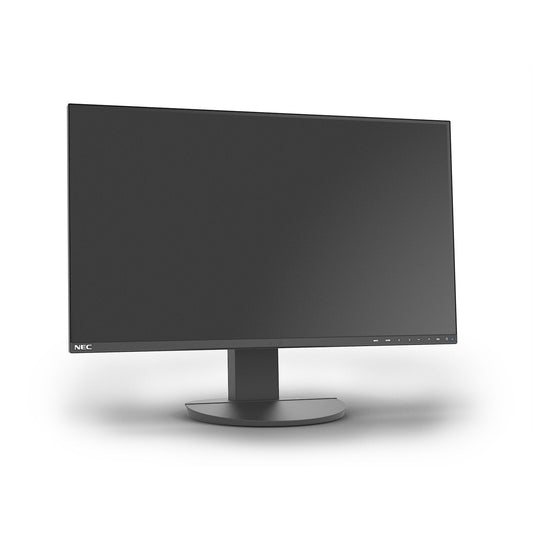
Desktop Monitors - Windows to the Digital World
Desktop monitors are the visual portals to our computing experiences, transitioning from the bulky CRTs of the past to today’s slim, energy-efficient LCDs with stunning resolution. Whether for work or play, a good monitor can dramatically enhance the user experience, bringing content to life with vibrant clarity. Let's dive into the world of Desktop Monitors.
Cutting-Edge Clarity: The Evolution of Desktop Monitors
Desktop monitors serve as windows to the digital world, providing a visual interface for users to interact with their computers. Over the years, they have evolved from bulky cathode-ray tubes to sleek, flat-panel displays, boasting advancements in resolution, color accuracy, and energy efficiency.
Modern monitors come in a range of sizes and aspect ratios, catering to diverse needs from professional graphic design to immersive gaming. Features like adjustable stands, touch-screen functionality, and eye strain-reducing technologies reflect the ongoing innovation in this essential component of desktop computing.
Whether for work or play, a good monitor can dramatically enhance the user experience, bringing content to life with vibrant clarity.
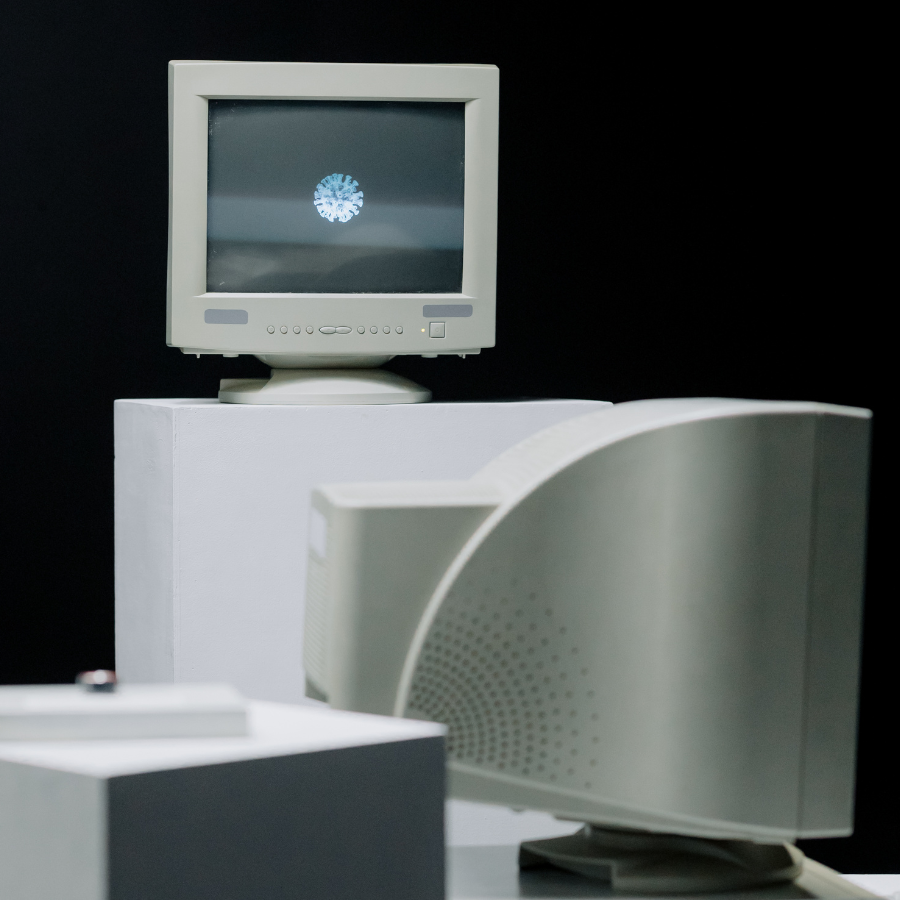
In The Beginning
Cathode Ray Tubes
It began with the bulky, rounded screens of Cathode Ray Tube (CRT) monitors, which dominated the desktop scene with their deep-set displays and vibrant colors despite being heavy and space-consuming.
These monitors operated on a simple yet fascinating principle: electron guns at the rear of the tube fired beams of electrons towards the screen, which was coated on the inside with phosphorescent material. When these electron beams hit the phosphorescent coating, they would glow, thus forming the images on the screen.
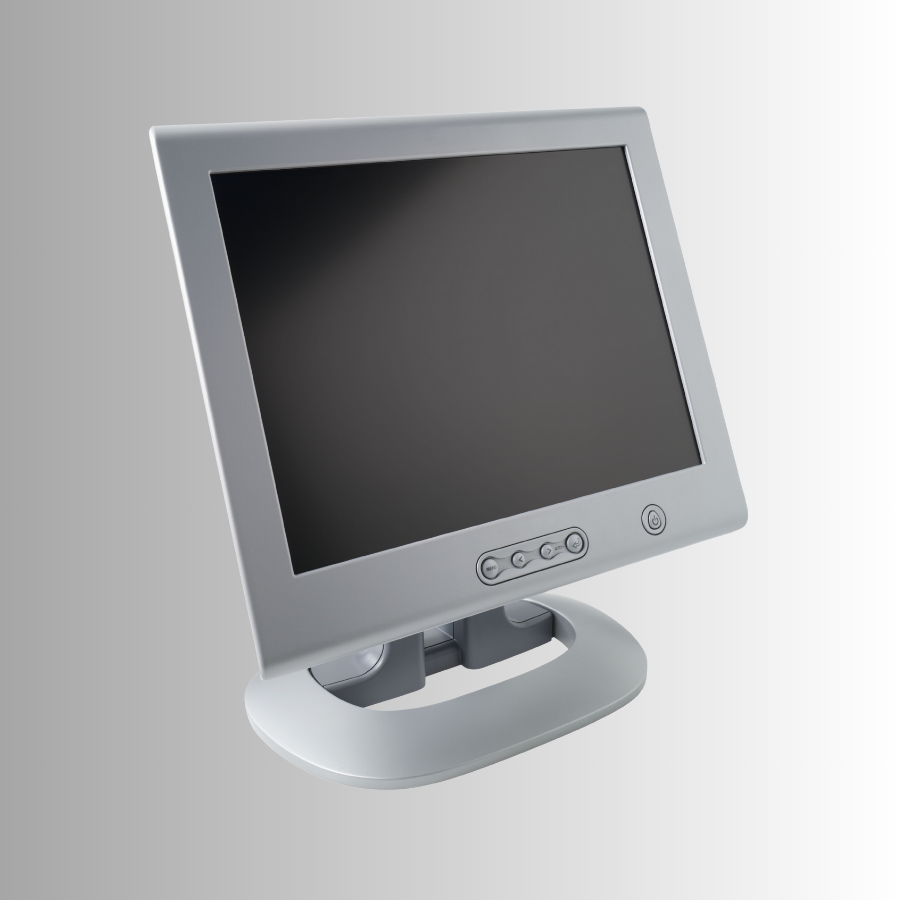
Improvements come fast
LCD Innovation
As technology progressed, the turn of the millennium saw the rise of Liquid Crystal Display (LCD) monitors. These flat panels utilized a backlight to illuminate pixels, offering sharper images, slimmer profiles, and more desk space. The LCD era also introduced improvements in energy efficiency and a reduction in eye strain, with technologies such as TFT (Thin-Film Transistor) providing better response times and higher resolutions.

Beyond LCD
LED - a Bright Future
The quest for even better picture quality and form factor led to the development of LED (Light Emitting Diode) monitors, which used an array of tiny LEDs as a backlight. This not only further slimmed down the profile but also enhanced color contrast and brightness control, allowing for true black levels and vivid imagery.
Today, we're witnessing the emergence of OLED (Organic Light Emitting Diode) and QLED (Quantum Dot LED) monitors, which present individual pixel illumination and quantum dot technology for an unparalleled range of colors and dynamic range. Moreover, modern monitors incorporate adaptive sync technologies like NVIDIA’s G-Sync and AMD’s FreeSync to eliminate screen tearing and stuttering in gaming.

4K and Beyond
An even clearer picture
In the latest chapter, we see the integration of 4K resolution, HDR (High Dynamic Range), and even 8K displays, offering a level of detail and realism that was once the stuff of science fiction.
With curved screens for immersive experiences and touch-sensitive options for interactive tasks, the journey of desktop monitors continues to mirror the leaps and bounds of innovation in the computing world.
-

Desktop Monitors by AG Neovo
AG Neovo, a brand less known to the general consumer but esteemed...
-

Desktop Monitors by iiyama
iiyama desktop monitors are renowned for their robust construction and excellent visual...
-

Desktop Monitors by Koorui
Koorui desktop monitors are emerging as cost-effective yet high-performance displays in the...
-

Desktop Monitors by Sharp / NEC
Sharp/NEC desktop monitors represent a blend of Sharp's cutting-edge display technology and...
-

Simplify and Streamline: How iiyama's USB-C Monitors Boost Connectivity and Workflow
Learn More -

The Ultra-Wide Advantage: Transforming Workspaces and Workflows
Learn More -
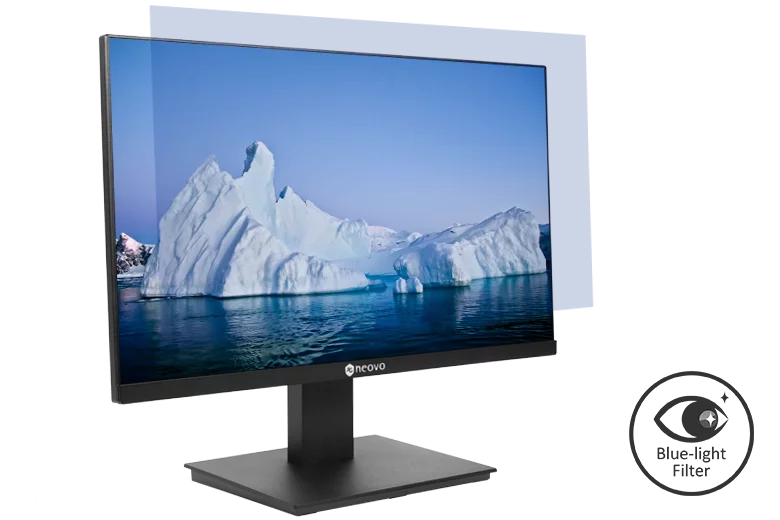
Why AG Neovo Monitors with Blue Light Filters Are a Sight for Sore Eyes
Learn More
-
AG Neovo DW3401 34-Inch 1440p Ultrawide USB-C Monitor
Regular price €614,39 EURRegular price€699,99 EURSale price €614,39 EURSale -
AG Neovo DW2701 27-Inch 1440p USB-C Monitor
Regular price €371,23 EURRegular price€449,99 EURSale price €371,23 EURSale -
AG Neovo DW2401 24-Inch 1440p USB-C Monitor
Regular price €316,11 EURRegular price€399,99 EURSale price €316,11 EURSale -
AG Neovo LH-2402 24-Inch 1080P Ergonomic LCD Monitor
Regular price €173,75 EURRegular price -
AG Neovo LA-2402 24-Inch 1080P Bezel Less LCD Monitor
Regular price €146,25 EURRegular price€249,99 EURSale price €146,25 EURSale -
AG Neovo LA-2202 22-Inch Full HD LCD Monitor
Regular price €131,25 EURRegular price€199,99 EURSale price €131,25 EURSale -
AG Neovo LH-2702 27-Inch 1080P Ergonomic LCD Monitor
Regular price €197,50 EURRegular price -
AG Neovo LA-2702 27-Inch Full HD LCD Monitor
Regular price €0,00 EURRegular price€349,99 EURSale price €0,00 EURSold out
Desktop Monitors by iiyama


Desktop Monitors by iiyama
iiyama desktop monitors are renowned for their robust construction and excellent visual...
iiyama ProLite XUB3293UHSN-B1 32" USB-C KVM IPS LED Monitor
-
Koorui 25E3A 24.5" VA 170HZ FHD 1920 x 1080 Gaming Monitor
Regular price €159,99 EURRegular price€199,99 EURSale price €159,99 EURSale -
Koorui 24E3 24" IPS Full HD 1920 x 1080 165Hz Gaming Monitor
Regular price €159,99 EURRegular price€199,99 EURSale price €159,99 EURSale -
Koorui 24E4 24" VA Full HD 1920 x 1080 165Hz Gaming Monitor
Regular price €129,99 EURRegular price€149,99 EURSale price €129,99 EURSale -
Koorui 27E1QA 27" VA QHD 2560 x 1440 144Hz Gaming Monitor
Regular price €199,99 EURRegular price€249,99 EURSale price €199,99 EURSale -
Koorui 24N5C 24" VA Full HD 1920 x 1080 1800R Curved Monitor
Regular price €109,99 EURRegular price€149,99 EURSale price €109,99 EURSale -
Koorui 27N1 27" IPS Full HD 1920 x 1080 75Hz Business Monitor
Regular price €129,99 EURRegular price€149,99 EURSale price €129,99 EURSale -
Koorui 24N1 23.8" IPS Full HD 1920 x 1080 75Hz Business Monitor
Regular price €109,99 EURRegular price€129,99 EURSale price €109,99 EURSale -
Koorui 24N1A 24" VA Full HD 1920 x 1080 Business Monitor
Regular price €109,99 EURRegular price€129,99 EURSale price €109,99 EURSale -
Koorui 22N1 21.5" VA Full HD 1920 x 1080 Business Monitor
Regular price €74,99 EURRegular price€109,90 EURSale price €74,99 EURSale -
Koorui 15B1 15.6" IPS Full HD 1920 x 1080 60Hz Portable Monitor
Regular price €109,99 EURRegular price€149,99 EURSale price €109,99 EURSale
Desktop Monitors by Sharp / NEC

Desktop Monitors by Sharp / NEC
Sharp/NEC desktop monitors represent a blend of Sharp's cutting-edge display technology and...
NEC MultiSync® EA272F LCD 27" Enterprise Display







